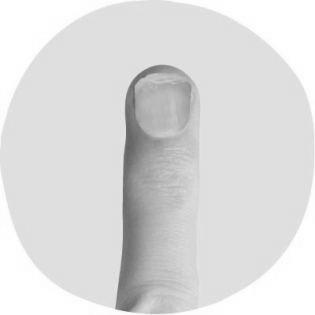- What Can Fingernails Say About Your Health?
- Blue nails can be a sign of heart problems.
- Pale nails can be a sign of malnutrition.
- Growing faster on the dominant hand
- During the summer
- When you’re nursing
- Why Are Fingernails So Hard?
- Anemia
- Hypothyroidism
- Reduced lipid content in the nail
- Fungal infection
- Hand sanitizers
- Psoriasis
What Can Fingernails Say About Your Health?
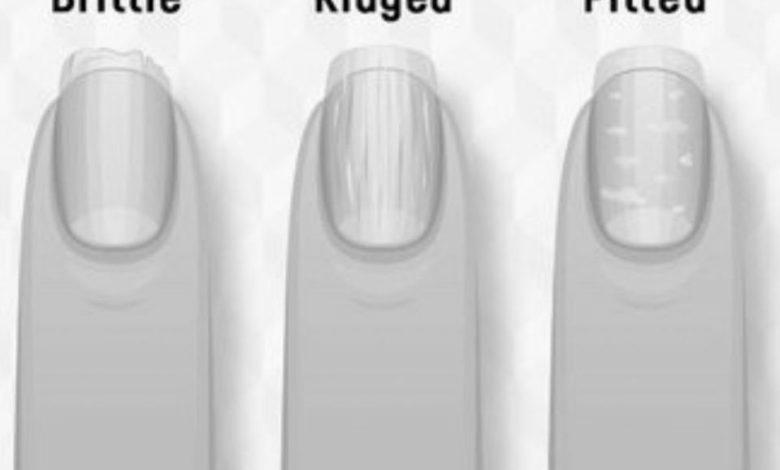
Did you know that your fingernails can give you a hint about your health? Not all changes are bad, though. Some are harmless, a normal part of aging, or even a side effect of medication. Learn more about your nails and their changing patterns below! Also, check out these common nail problems:
Blue nails can be a sign of heart problems.
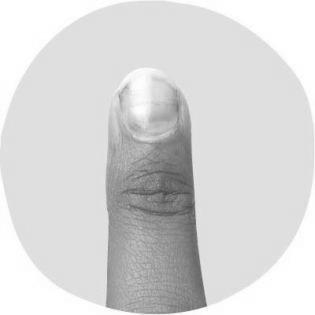
Some common causes of blue fingernails are Raynaud’s disease, hypoxia from respiratory failure, and cardiac failure. However, blue nails can also result from a noncardiac condition, such as exposure to high altitudes. Your physician will be able to rule out these conditions with a medical examination and a blood test. A cyanosis test is also helpful for identifying a heart condition and will rule out other possibilities.
Cyanosis can occur anywhere in the body. The condition is known as central cyanosis, and it may also affect the tongue or lips. Blue discoloration on the face can indicate several heart conditions, including a heart attack or pulmonary embolism, a type of blood clot in the lungs. If you notice blue nails, visit a doctor right away to have them checked out.
Poor circulation can cause blue fingernails. In cold weather, blood vessels narrow, preventing adequate blood flow to the extremities. This is necessary to keep internal organs at optimal temperatures. Once the hands are warmed, the nail will regain its standard color. Often, the condition will improve with rest and warm temperatures, but there are other causes, too. Consult a physician if you notice blue fingernails.
A red or purple streak under your fingernails is also a warning sign. While it is unlikely that the blood beneath your nails indicates a heart problem, it could be a sign of heart disease. People with heart problems often have a fever and weak heartbeat, a red flag. These spots can also be a sign of heart infection. If you notice them, you may need to consult a doctor immediately.
Pale nails can be a sign of malnutrition.
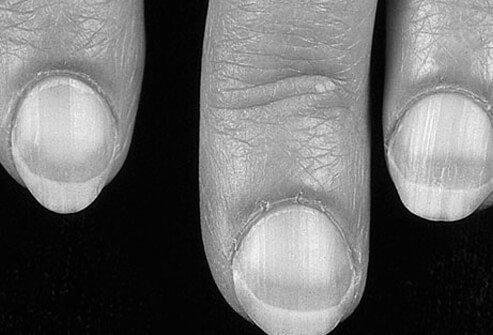
There are many reasons why your fingernails may be pale. This condition may indicate a variety of ailments, including anemia, liver disease, and congestive heart failure. Other symptoms of malnutrition include yellow or pale nails. These conditions can be the result of an overdose of silver or copper. Lastly, a blue or green pin may indicate a bacterial infection. For more information, visit your doctor or health care provider.
A lack of healthy red blood cells can lead to various symptoms, including pale nails. People with anemia experience extreme fatigue and pale nails. In addition to pale nails, patients with this condition may also experience kidney failure and other ailments. In addition to these symptoms, a diagnosis of malnutrition should be sought immediately. A doctor can determine if malnutrition is the cause of your pale nails.
Nails that crack easily may be another sign of malnutrition. In addition to malnutrition, nail cracking can indicate thyroid disease or anemia. Anemia is a condition in which hemoglobin (Hb) is low in the body. Blood tests may be necessary to confirm whether your nails are cracked. Another symptom of malnutrition is a central groove in the midline of the nail.
Another symptom of malnutrition is white horizontal bands on the nails. These are known as Muehrcke’s lines. Although they may be expected, these bands are signs of liver disease or a lack of protein in your blood. A person with lines will have thin, parallel white lines running across their nails. The lines are not grooved. In severe cases, this condition may indicate liver disease or malnutrition.
Growing faster on the dominant hand
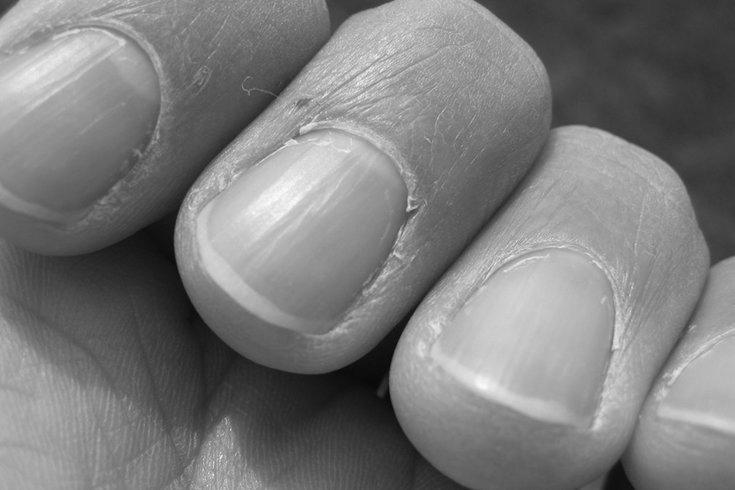
Did you know that your fingernails grow faster on your dominant hand than on your non-dominant hand? This is due to additional stimulation on your fingernails, including biting and physical manipulation. The extra stimulation increases the metabolism of your nail growth plate, accelerating its growth. To learn more about your hand’s nail growth, continue reading! Growing faster on your dominant hand could indicate your general health.
If you have long fingernails, you may be more susceptible to fungal infections, which cause yellowish nails that are tougher and more likely to break. Nail growth on your dominant hand is also much faster than on other hands’. The main reason for this is the longer middle finger bone. Age, health, and hormone levels all influence your nail growth rate. If you have long nails on your dominant hand, they may signify hormonal imbalances.
In the human 50s, hand dominance is still significant. This is true in terms of finger and wrist speed and agility. But as you get older, your dominant hand begins to rely less on it, balancing your performance between the two. But this does not mean that you should abandon your right hand, as the right-handed people do. You may also have a left-handed parent, which may influence your development.
There are many benefits to training your non-dominant hand. It can help you develop stronger brain connections and help you learn the skill better. The benefits of hemispherical balance aren’t limited to athletes. There are other reasons for training both hands. For example, some people prefer to prepare their dominant hand for sports or hobbies. The difference isn’t always noticeable.
During the summer
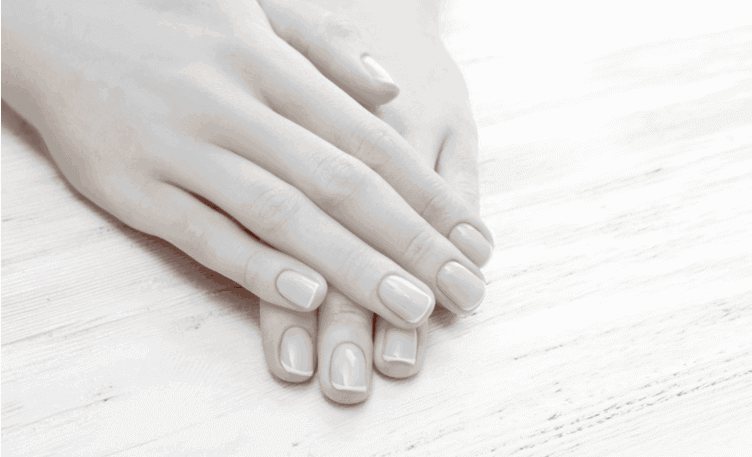
The health of your fingernails is an indicator of your overall well-being. Whether your nails are long and robust or thin and flexible, they can give you information about your general health. They can also tell you about your diet if you’re prone to malnutrition. During the summer months, fingernails tend to grow faster than their counterparts, especially on your dominant hand.
Your fingernails can also tell you if you’re suffering from a liver or stomach problem.
If you notice a dark streak on your fingernail, it could signify a skin cancer called melanoma. Melanomas are among the deadliest types of skin cancer and usually develop on the fingernail. Symptoms of melanoma may not be apparent for several months, and the color of your fingernail could be your only clue.
The shape of your fingernails can reveal a lot about your overall health. Nail color can signal various illnesses. Changes in nail color can indicate heart failure, diabetes, or liver failure. In addition, white or pale fingernails may be a sign of iron deficiency, which causes the production of red blood cells. It can also indicate anemia, so it’s best to get checked by a doctor.
When you’re nursing
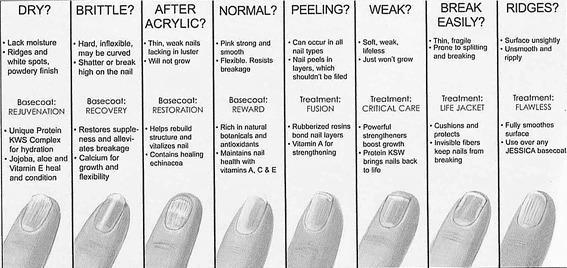
Nurses’ fingernails are often covered with nail polish and artificial nails. This can lead to infection and increased handwashing practices. Luckily, using natural nails is safer than painted artificial ones, but paint chips can still harbor bacteria. Researchers at the Johns Hopkins Hospital 1993 studied 26 women with short fingernails and hand hygiene. They found that artificial nails had higher bacteria counts than natural ones, raising questions about whether or not fake nails are safe.
If your nails crack easily, it could be a sign of malnutrition or an underlying health issue. Broken nails can also signal psoriasis, a chronic skin disease. Loose nails could also be a sign of thyroid disease. If your nails look like spoons, they may indicate iron deficiency anemia or hemochromatosis.
If your fingernails appear blue, you likely have a health problem. A dark blue line in the nail bed might indicate skin cancer or zinc deficiency. If you notice white spots in your nails, it could mean a protein or vitamin deficiency. A white line in the nail bed can also indicate a severe disorder.
A doctor may recommend an examination of your nails if you notice streaks or discoloration on them. These could indicate an underlying health problem such as congestive heart failure, kidney failure, or cirrhosis. If your fingernails look like Terry’s, it could be due to aging or another condition. So check your nails for signs of these conditions and take action.
Why Are Fingernails So Hard?
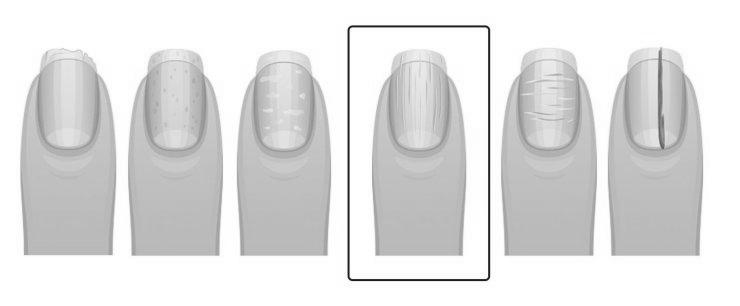
If you’ve ever wondered, “Why are my fingernails so hard?” then you’re not alone. Fungi can cause hard fingernails, too. Infections with fungi in the nail bed grow in the hyponychium, the layer of skin beneath the fingernail. When the hyponychium becomes overgrown, it becomes painful to cut and maybe a sign of fungal infections or nail psoriasis. The best solution is to prevent picking at your nail bed and visit a dermatologist for further diagnosis.
Anemia
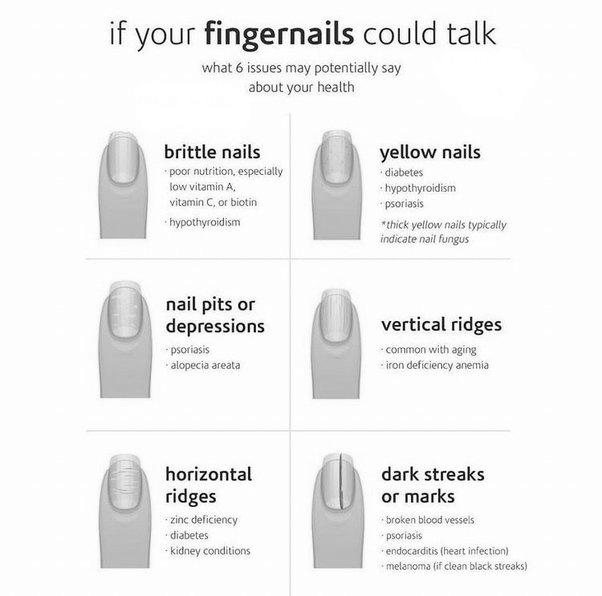
If your nails have become stiff and crumbly, you might have anemia. When your blood lacks iron, your body cannot produce enough hemoglobin, a protein that transports oxygen from the lungs to the rest of the body. Other causes of anemia include an iron deficiency or a thyroid disorder resulting in too many hormones and poor absorption of minerals. A lack of iron can also cause your fingernails to be weak and split. The same is true for the rest of your body. In addition to the above causes, aging also affects the strength of your nails because as you get older, your body loses iron.
Symptoms of anemia can vary. A person suffering from anemia should visit a doctor immediately if they notice these symptoms. Several other signs of anemia include pale skin, rapid heartbeat, swollen tongue, cold feet and hands, and a quick heartbeat. Anemia makes it challenging to serve multiple clients in a single day. Nail techs affected by anemia should be extra cautious when scheduling breaks between clients because they may have to take breaks to drink water and stretch before continuing to work.
There is a simple way to test for anemia. This app will allow you to scan your fingernails and measure your hemoglobin content in seconds. To get an accurate reading, tap the fingernail where you are experiencing the symptoms. Depending on your fingernails’ location, the app will also factor in the amount of ambient light in your environment.
Hypothyroidism
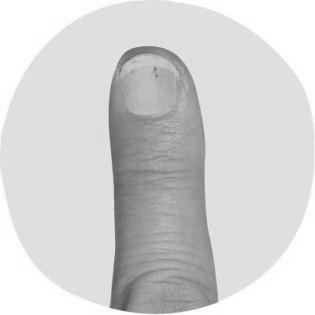
If your fingernails are more complex than usual, you may have hypothyroidism. You may also experience ridges and vertical indentations in your nails, which can indicate the disease. Because the pin is made of keratin, its condition can change with age and other requirements. Read on to learn more about the signs and symptoms of hypothyroidism.
You may have hypothyroidism if you notice that your fingernails are hard or crumbly. This condition affects your body’s production of thyroid hormones, which make your skin moisturized. The interactivity of your thyroid can also cause your fingernails to become flat and spoon-shaped. Your body’s temperature is also affected, making them harder than they should be.
This hormone can also be elevated if you slightly decrease thyroid function. Tests for TSH will determine if you have overt or subclinical hypothyroidism. Your doctor may suggest a thyroid-stimulating hormone (TSH) test rule out a condition known as myxedema.
People with hypothyroidism may experience other symptoms, including excessive sleep and difficulty breathing. In addition, you may notice ridges on your fingernails. These ridges are a sign of a broader issue in some people, such as a blood sugar imbalance. A doctor can run a thyroid-stimulating hormone test to determine if your condition affects your immune system.
Reduced lipid content in the nail
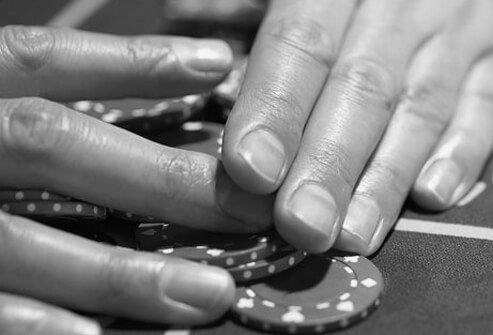
The ventral layer is variable and may be caused by a nutritional deficiency or an overproduction of lipids.
A significant amount of water can be absorbed through the nail plate. This is because the protein structure is highly water-absorbent. The container comprises seven to twelve percent water and only 1% lipid. Despite its remarkably high water content, it has the potential to become damaged when a person applies nail polish or removes nail polish. Minerals present in the nail include calcium, zinc, and magnesium. Their roles in nail growth and maintenance are not understood, however.
The intermediate matrix is devoid of a granular layer. Alterations in rete ridge morphology enhance the nail fold and matrix boundary. The first ridge of the matrix has a bobbed appearance.
Fungal infection
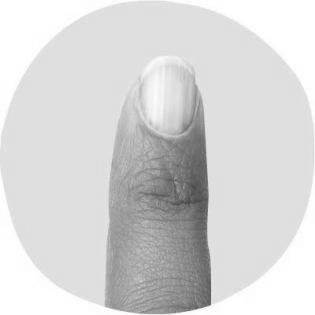
The fungal infection makes fingernails hard for several reasons. The most common cause is a buildup of fungus on the nail bed, the soft tissue underneath the nail. Because the nail plate anchors and protects the nail bed, a fungal infection occurs in this area. A fungal infection can affect anyone at any age, but it tends to occur more often in older adults, those with circulation problems, and weakened immune systems. Men are more prone to this infection than women.
Nail fungus can also affect other parts of the body. It is a bacterial infection affecting the skin around the nail. While yeast can cause fungal infection, it is also common in a tropical environment. A fungal infection causes your fingernails to become stiff and crumbly, making it difficult for you to pick and comb them. Despite this, you can cure a fungus infection by taking measures to avoid the disease.
To prevent fungal infection in your nails, follow specific tips to keep your feet dry. First, wear socks that wick away sweat. Acrylic material is better for this than cotton. Second, do not wear tight shoes that press on your fingernails. Finally, wear clean, dry socks. And don’t forget to put antifungal foot powder in your socks. After the shower, always wash your hands.
Hand sanitizers
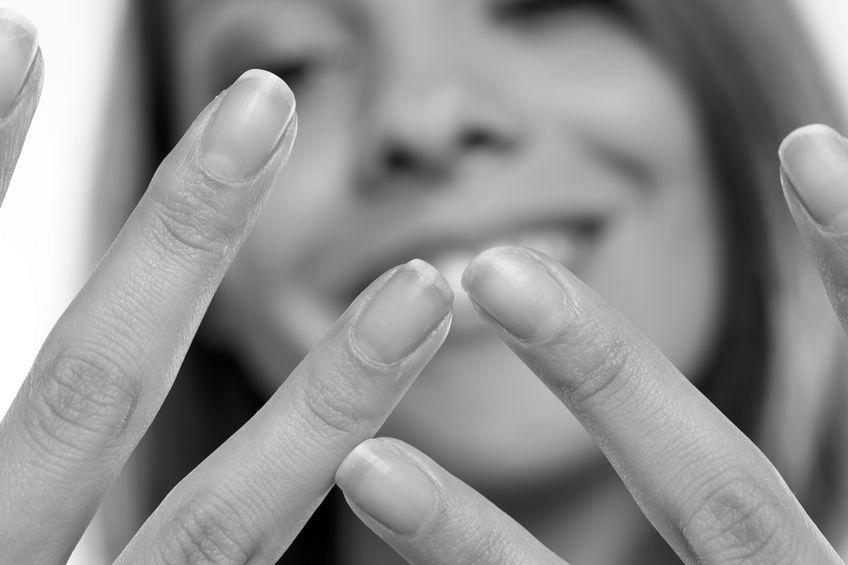
What makes your fingernails so challenging? They’re made from keratin, the same substance that gives your hair its strength and its toughness on the outer layer of skin. Keratin is a natural substance that protects our bodies and repels water. Fingernails are made up of thick, fibrous fibers similar to hair. If you notice that your fingernails are getting harder, you should consider getting them trimmed.
Healthy nails have a protective layer that protects the nail matrix from external aggressors. A bruised eponychium will show up as white marks on your nail plate. Keep the skin surrounding your nail plate moist and clean. Also, make sure the proximal fold on the back of your nail is healthy. This helps keep bacteria from penetrating the proximal fold.
Overexposure to water and chemicals can also cause soft, brittle nails. This may result from swimming, over-use of nail polish remover, and frequent dishwashing without gloves. It can also be caused by hypothyroidism or dry indoor heating systems. The best way to fix brittle nails is to increase moisture. In addition, you can also use lanolin and alpha hydroxy acid lotions.
Psoriasis
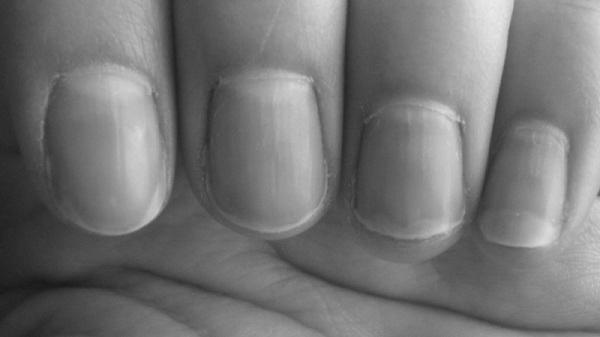
One of the most common symptoms of psoriasis is the hardening of fingernails. This inflammatory rheumatic disease affects the skin and joints and causes a buildup of skin cells. Nails are more commonly affected than toenails, but both are involved. Psoriasis makes fingernails hard and distorted, so it is essential to know the signs and symptoms.
In addition to the hardening of the nail, psoriasis causes nail injuries, which can worsen the condition. The Koebner phenomenon occurs when the nail or skin is damaged. To minimize these traumas, keep your nails short. This will prevent them from lifting off your fingers and discourage buildup underneath. Avoid using acetone to clean your nails, as it can cause them to break off.
The symptoms of psoriasis of the nail vary but most commonly include a yellow or brown discoloration at the tip of the nail. Eventually, the nail may begin to lift or develop ridges, pits, or grooves. In some cases, the entire nail can break off. The pin may also appear separate from the nail bed, resulting in an unsightly yellow or red patch. Often, the finger or toenail may become very painful and be challenging to move.
Treatments for nail psoriasis include topical steroids applied to the affected nails. These creams are rubbed into the nail plate. While these treatments do produce some improvement, they have not been proven to be effective. Topical steroids rubbed into the cuticle can cause the cuticle to be thin and delicate blood vessels to form over the surface. However, this method may be a good option for mild cases of the condition.
